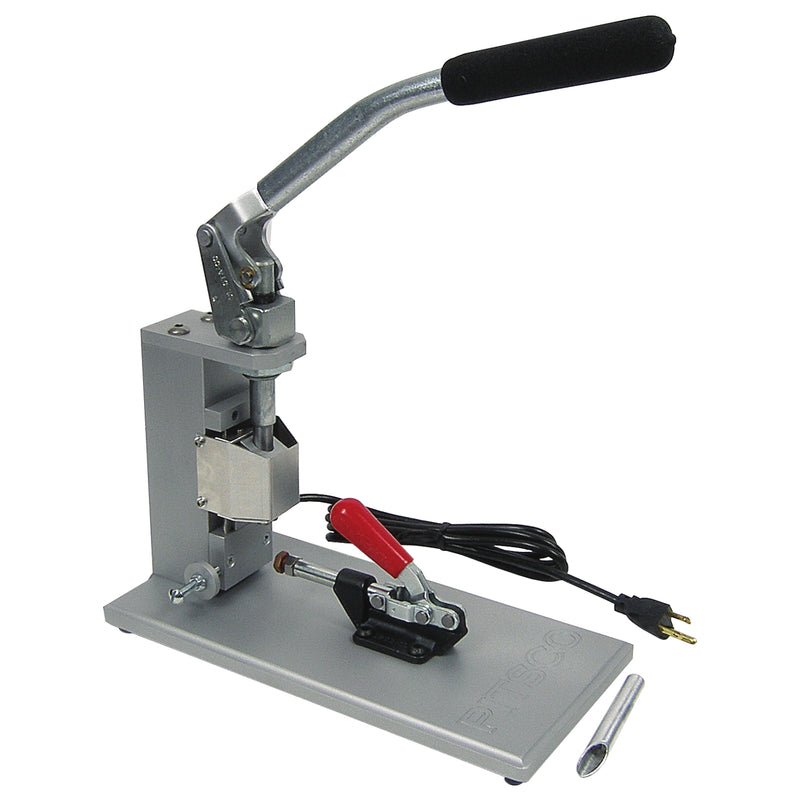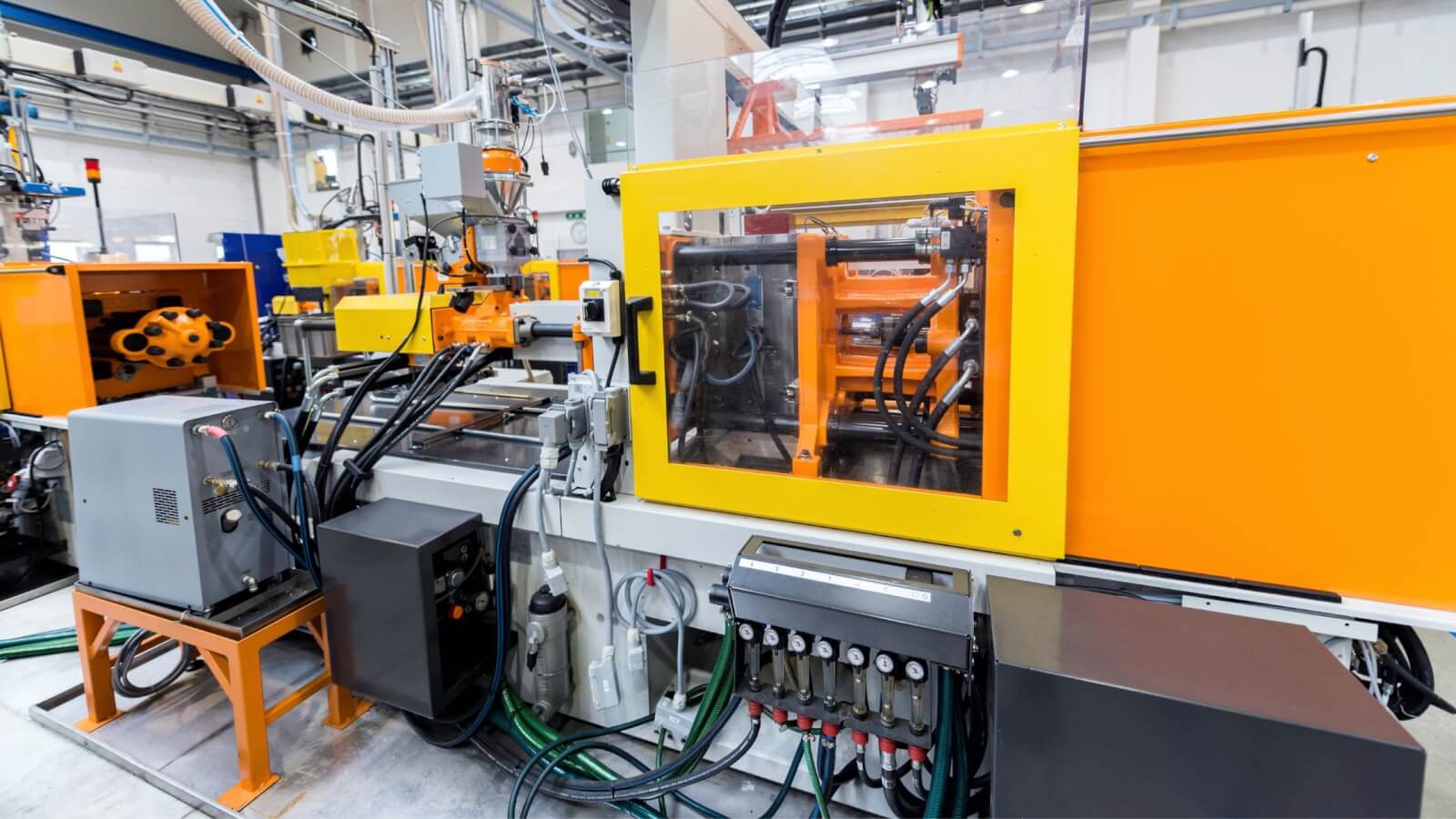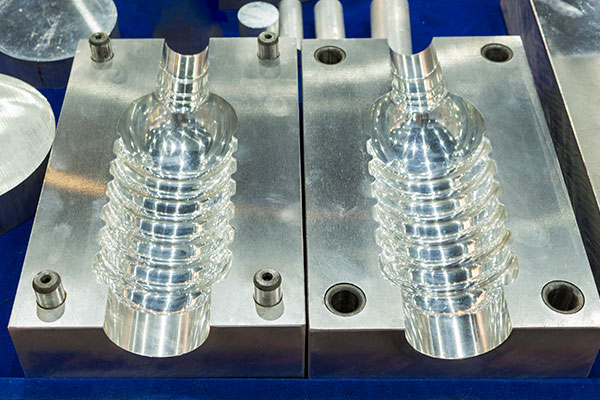Exploring the Future of Plastic Injection Molding in the Manufacturing Industry
Exploring the Future of Plastic Injection Molding in the Manufacturing Industry
Blog Article
Recognizing the Basics of Plastic Injection Molding Processes
Plastic injection molding acts as a keystone of modern manufacturing, providing a methodical method to creating complicated components with precision. This process not only includes the fundamental actions of melting and injecting products right into mold and mildews but likewise involves a nuanced understanding of different affecting aspects, such as temperature level and pressure. As industries increasingly require efficiency and top quality, the ins and outs of this technique become more critical. Discovering these essential elements might disclose just how even minor adjustments can bring about significant improvements in production outcomes, raising inquiries concerning the potential for development in this established process.
What Is Plastic Injection Molding?
Plastic shot molding is a commonly used production process that transforms polycarbonate and thermosetting products into exact and intricate shapes. This strategy is favored for its ability to create high quantities of the same parts with phenomenal accuracy, making it a vital approach in various industries, including vehicle, durable goods, and clinical devices.
The procedure involves melting the chosen plastic material and injecting it into a mold and mildew under high pressure. The mold, created to the requirements of the wanted part, enables the liquified plastic to take form as it cools and strengthens. When the product has actually hardened, the mold and mildew is opened, and the completed element is ejected.
Plastic shot molding offers several advantages, consisting of minimized waste, consistency in production, and the capability to integrate intricate styles that may be challenging with other producing methods. Furthermore, it supports a broad variety of materials, each giving one-of-a-kind residential properties that can be tailored for particular applications. As markets proceed to innovate, plastic injection molding continues to be at the forefront, allowing the growth of innovative items that satisfy evolving consumer needs.
The Shot Molding Process
The injection molding procedure is an innovative technique that involves numerous key stages to create top quality plastic components. At first, plastic pellets are fed right into a heated barrel where they are merged a viscous fluid. This molten plastic is after that injected under high stress into a precision-engineered mold, which shapes the product into the preferred kind.
When the mold is filled up, the plastic is allowed to strengthen and cool, taking the shape of the mold and mildew tooth cavity. Air conditioning time is crucial, as it impacts the cycle time and the last properties of the molded part. After sufficient cooling, the mold and mildew opens up, and the finished part is expelled using ejector pins.

Materials Utilized in Injection Molding
Various products can be utilized in the injection molding process, each offering special residential or commercial properties that accommodate specific applications. The most commonly used materials include thermoplastics, thermosetting plastics, and elastomers.

Thermosetting plastics, like epoxy and phenolic resins, go through a chemical change throughout the curing process, leading to an inflexible, inflexible framework. These products are excellent for applications requiring high warmth resistance and architectural honesty, typically made use of in electric insulators and automobile parts.
Elastomers, consisting of silicone and rubber-based products, offer flexibility and durability. Their unique homes make them suitable for applications that require flexibility, such as gaskets and seals.
Additionally, specialty materials like bio-based plastics and composites are acquiring traction for their environmental benefits and enhanced efficiency characteristics, expanding the extent of injection molding applications in different markets. Recognizing the buildings of these products is crucial for selecting the proper kind for certain tasks.
Benefits of Shot Molding
Shot molding attracts attention as a highly efficient manufacturing process that supplies many advantages for generating complicated get rid of accuracy. One of one of the most considerable advantages is the capacity to produce complex styles that would certainly be impossible or tough to attain with other techniques (Plastic Injection Molding). The process permits in-depth features and tight tolerances, making sure premium parts
In addition, shot molding is known for its fast manufacturing abilities, making it a perfect selection for high-volume manufacturing. When the mold and mildew is developed, parts can be generated swiftly, reducing lead times and raising total performance. This performance not just lowers production expenses but likewise supplies a competitive side on the market.
The adaptability of materials used in shot molding even more improves its allure. A wide variety of thermoplastics and thermosetting polymers can be used, enabling manufacturers to choose products that best meet their details requirements, address including adaptability, warm, and toughness resistance.
Additionally, the process minimizes waste, as excess material can commonly be reused and recycled. This sustainability element adds to a decreased ecological influence, making injection molding an accountable production option. On the whole, the benefits of shot molding make it a recommended approach for lots of markets.
Factors Influencing Item High Quality
While various aspects can affect product top quality in injection molding, recognizing these elements is crucial for attaining optimum outcomes. Secret elements YOURURL.com include product option, refining parameters, and mold and mildew layout.
Material selection plays a vital role, as various polymers display unique buildings that influence flowability, strength, and thermal stability. Poor product choice can bring about problems such as warping or incomplete filling.
Processing specifications, including stress, temperature, and cycle time, should be thoroughly managed. Variations in these settings can lead to variances partially measurements and surface area coating. For example, excessively heats might trigger degradation of the polymer, while inadequate stress can lead to brief shots.
Mold and mildew style is similarly important, as it figures out the flow of the molten plastic and the cooling process. Badly made molds might result in irregular air conditioning prices, causing recurring anxieties and dimensional inaccuracies.

Conclusion
Finally, plastic shot molding functions as a crucial production procedure that enables the efficient production of top notch parts. Proficiency of you can try this out the shot molding process, including the understanding of products and the impact of numerous aspects on item top quality, is vital for accomplishing optimum results. The advantages of this technique, such as cost-effectiveness and style adaptability, further highlight its relevance throughout numerous sectors, solidifying its condition as a recommended option for high-volume manufacturing.
Plastic injection molding serves as a cornerstone of modern production, giving a methodical strategy to creating complicated components with precision.Plastic shot molding supplies a number of benefits, consisting of lowered waste, consistency in manufacturing, and the capability to integrate intricate styles that might be challenging with other producing approaches (Plastic Injection Molding). As sectors continue to innovate, plastic injection molding continues to be at the leading edge, allowing the development of sophisticated products that satisfy advancing customer demands
The injection molding procedure is a sophisticated method that includes numerous key phases to produce high-quality plastic elements.In conclusion, plastic injection molding offers as a vital production procedure that allows the efficient manufacturing of high-grade elements.
Report this page